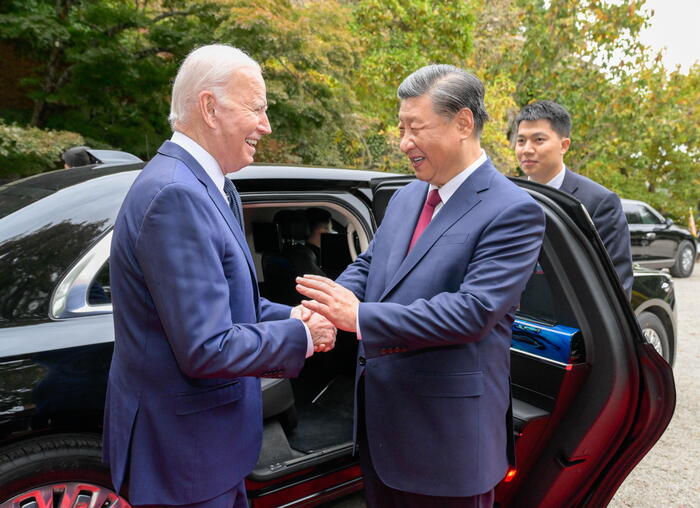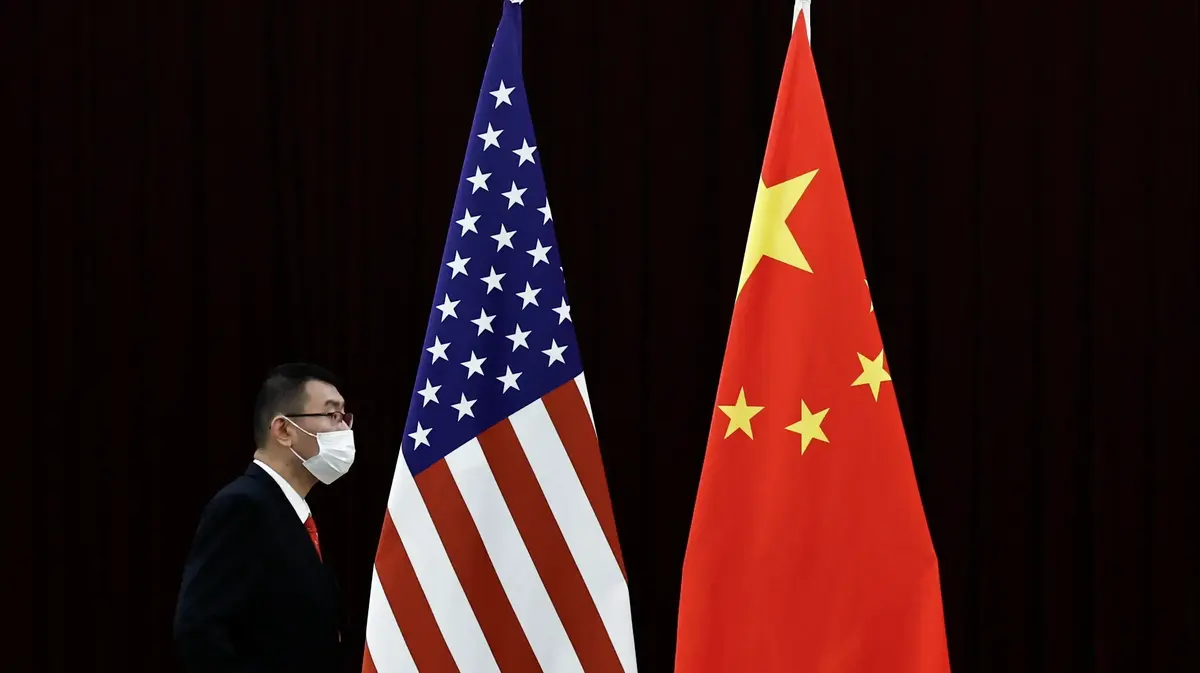Just as the U.S. Department of Commerce added 36 Chinese companies to the "Entity List" to make it difficult for them to purchase high-tech products from the United States, Alibaba's semiconductor company "Alibaba Pingtouge" is in 2022. "RISC-V Summit” demonstrated the operation of its TH1520 Xuantie chipset model, proving that the open source version of Android 12 can perform media replay, 3D rendering (3D rendering), artificial intelligence recognition and other programs on this chipset, which is described as “the The important progress of Baba and its RISC-V architecture".
Before the announcement of the new entity list, the media also reported that the British chip giant Arm, which accounts for more than 90% of the mobile phone chip market and is aggressively entering the data center market, believes that its newly released Neoverse V chip design performance is too high and will not It will be approved by countries such as the United Kingdom and the United States to sell to Chinese companies, so Alibaba will not be able to use the intellectual property rights of Neoverse V to develop its cloud computing chips.
At present, the data center chips developed by both Nvidia and Amazon Cloud Computing Services (AWS) use the Neoverse V design.
Arm's refusal to supply Alibaba due to export control considerations will of course deal a certain blow to the development of its cloud computing technology street.
The U.S. sanctions on China's semiconductor industry are all-encompassing, covering everything from chip design to manufacturing.
However, the open source RISC-V instruction set architecture (ISA) is opening a gap for Chinese companies at the level of chip design, and even develop chip products that are completely independent of American technology control.
Arm's Neoverse V chips are designed for high-performance computing, cloud computing and more.
(Arm)
RISC-V is the fifth-generation open source instruction set architecture developed by the University of California, Berkeley in 2010, which includes all the basic instructions of a processor.
At present, there are two main types of instruction set architectures in the market. One is RISC, or "reduced instruction set computer", represented by the Arm architecture; the other is CISC, or "complex instruction set computer" (complex instruction set computer). instruction set computer), represented by the x86 architecture used by Intel and ARM processors.
To put it simply, RISC is designed to use fewer instructions than CISC, and can achieve better power saving effects, so it is generally applicable to smart phones, smart watches, and various Internet of Things devices.
As RISC architecture processors have caught up with or even surpassed CISC architecture processors in computing power, the personal computer and data center markets traditionally dominated by x86 architecture are also being conquered by RISC architecture.
For example, the M1 chip that Apple uses to replace Intel chips for its Mac products uses the Arm architecture; as mentioned above, Amazon's cloud computing chips also use the Arm architecture.
As Arm's RISC chip designs gain momentum, many chip giants are looking for alternatives to avoid putting all their eggs in Arm's basket -- especially since Nvidia nearly bought Arm under the background.
Therefore, as the name implies, RISC-V, which also uses the RISC architecture, has become an obvious way out. Even Intel, which represents the x86 architecture, has now decided to invest in the research and development of the RISC-V architecture when it is switching to the foundry business.
Google and Nvidia also have products and R&D projects based on RISC-V.
"RISC-V International" currently has more than 3,100 members in more than 70 countries, including Google, Qualcomm, Samsung, Huawei, Alibaba, etc.
(RISC-V International)
Compared to Arm, RISC-V's open source nature makes its basic architecture and a series of extensions freely available to any enterprise.
Moreover, the expansion and development of enterprises on the RISC-V architecture does not necessarily have to be open sourced for others to use.
It is worth noting that at the time of Trump’s bloody scientific and technological war against China, the RISC-V Foundation, which owns, manages and releases RISC-V-related intellectual property rights, has been named “RISC-V International” since the beginning of 2020. The United States moved to Switzerland to avoid sanctions on its intellectual property.
When other chip design companies join in investing in RISC-V just because they are worried about relying too much on Arm, Chinese companies have another consideration to avoid the impact of US sanctions.
In 2019, the Institute of Computing Technology of the Chinese Academy of Sciences launched the "Xiangshan" high-performance open source RISC-V project to compete against Arm.
Chinese technology giants such as Alibaba, Tencent, and ByteDance are also investing in related research and development projects.
StarFive, established in 2018, uses the RISC-V architecture in products ranging from processor cores, single-chip systems to single-board computers. Some analysts point out that some of its designs are aimed at China's local semiconductor production capacity, which will help domestic The development of the industrial chain.
As the U.S. tightens sanctions on China, and Arm, which is becoming a dominant player, also refuses to sell its intellectual property rights to Chinese companies, we can foresee that Chinese officials and business circles will have to step up due to political, national security and commercial motives. Invest heavily in the research and development of RISC-V architecture.
Although RISC-V is only one aspect of developing independent chip technology to avoid U.S. sanctions, it does not exempt the Chinese semiconductor industry from the limitations of other aspects of sanctions, but if China finally develops a RISC-V-based chip that can rival Arm Independent industrial chain, US sanctions may be a big behind-the-scenes hero behind it.
The United States blacklisted 36 Chinese companies again, and China filed a complaint with the WTO








